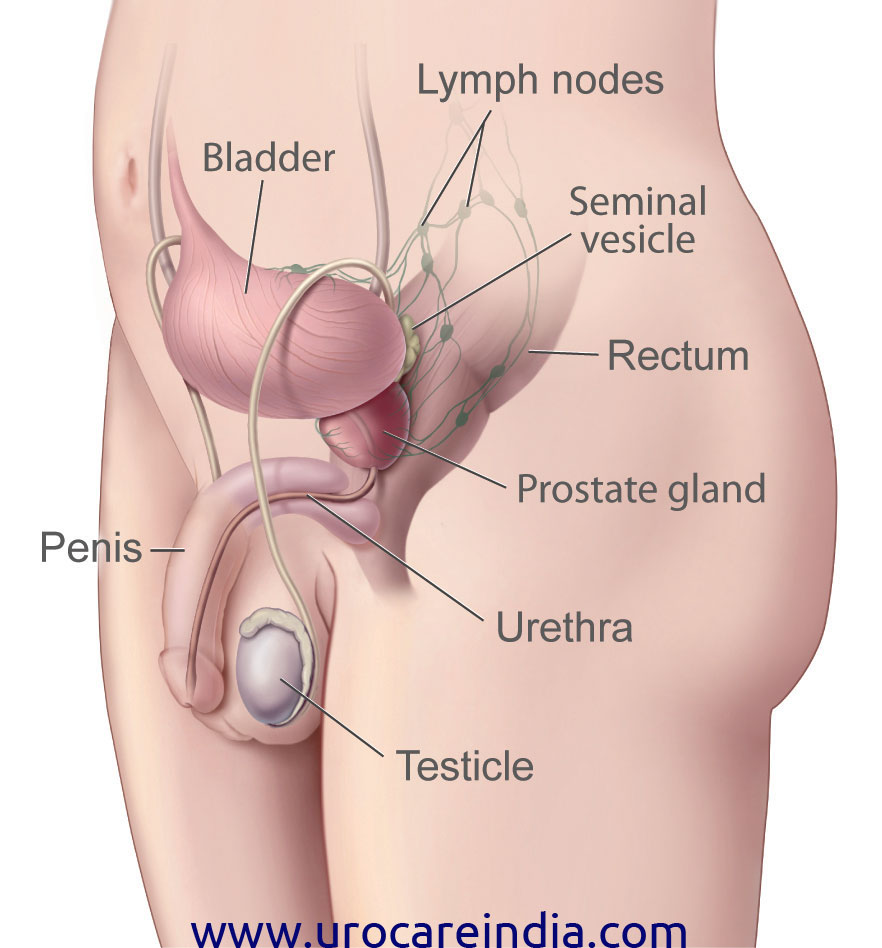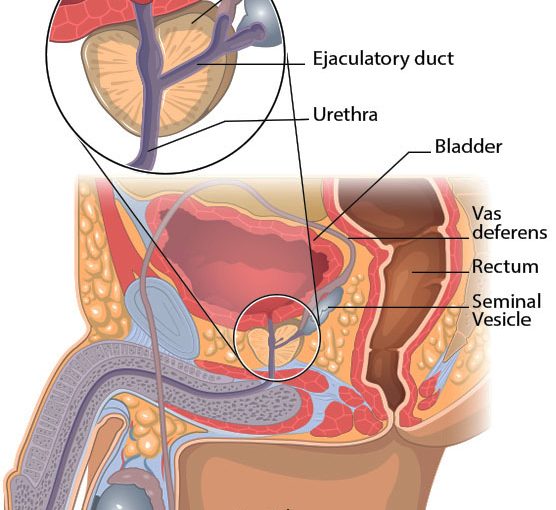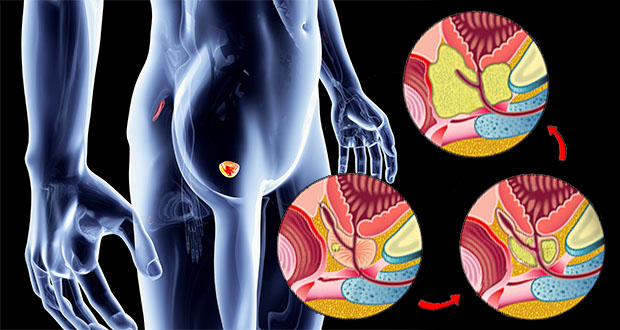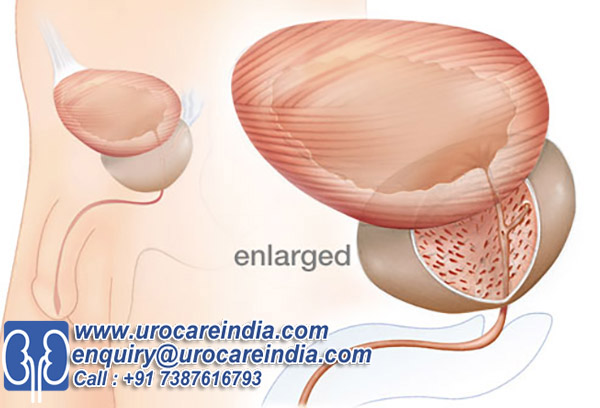The prostate is a male reproductive gland that primarily secretes an alkaline fluid that forms part of the seminal fluid. Prostate cancer is the most common form of cancer among American men, and the chances of developing it exponentially increase with age.
Prostate cancer begins in the prostate gland cells. Researchers believe it’s caused by genetic mutations manifested as prostatic intraepithelial neoplasia, or elevated levels of male androgen hormones. According to the American Cancer Society, some studies show that men with elevated levels of IGF-hormone are more likely to get prostate cancer. Because people with prostate cancer show no symptoms in the beginning stages, early screening via a prostate-specific antigen test or digital rectal exam is a possible way to screen for early signs of cancer. Depending the stage and grade of the cancer, a physician may choose surgery removal, radiation therapy or hormone therapy.

Surgery
Depending on the stage and metastasis of the cancerous cells, doctors may opt for a transurethral resection of the prostate (TURP), or radical prostatectomy. TURP is a minimally invasive surgery in which a wire loop is placed through the penis into the urethra, and is used to cut out the part of the prostate surrounding the urethra. This type of surgery, commonly used for non-cancerous prostrate swelling, relieves symptoms such as painful urination. Radical prostatectomy is a surgical procedure in which the entire prostate gland and surrounding seminal vessels are removed in order to prevent the spreading of cancerous cells and effectively cure prostate cancer.
Radiation Therapy
Radiation therapy is usually administered as the first line of treatment if the cancerous cells haven’t metastasized to tissues outside the prostate. Radiation therapy utilizes high-energy radiation to kill cancer cells or damage the cell’s ability to replicate. Radiation therapy is either administered externally via external beam radiation therapy (EBRT) or internally via brachytherapy, in which radioactive materials are directly placed in the tumor. In EBRT such as intensity-modulated radiation therapy, the high-energy radiation waves are sculpted to fit the contours of the individual’s prostate. In internal radiation therapy such as bracytherapy, doctors place radioactive substances such as iridium or cesium into the prostate gland to destroy cancer cells. According to the Ohio State University Medical Center, radiation therapy is an effective method of curing prostate cancer, controlling the disease as well as relieving painful symptoms associated with the cancer.

Hormone Therapy
Hormone therapy is administered to patients whose prostate cancer hasn’t metastasized to other parts of the body. Hormone therapy is administered by doctors to decease levels of male androgen hormones associated with prostate cancer. Because androgen hormones such as testosterone stimulate cancer cells to grow, androgen deprivation therapy such as luteinizing hormone-releasing analogs are often administered by doctors to shrink the prostate cancer and make it grow slower.



